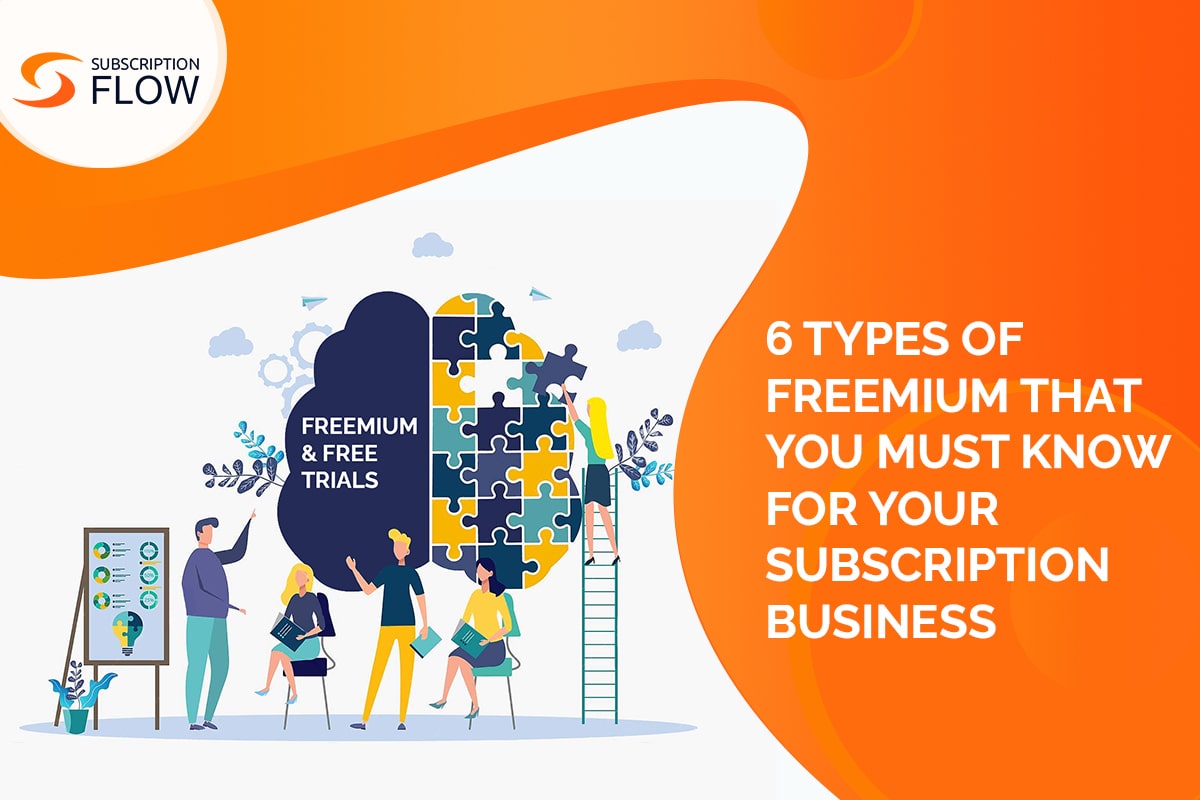
A Comprehensive Guide to B2B SaaS Pricing Models
B2B SaaS pricing models play an important part in the success of your business. Underpricing your product can make it seem less valuable while overpricing your product can put off potential customers. Choosing the right pricing models and strategies then is of the utmost significance.
To help you undertake this task (it’s often overwhelming deciding on a pricing model with the variety of options available), this blog will discuss popular enterprise SaaS pricing models and strategies best suited for your business needs.
What are B2B SaaS Pricing Models
B2B SaaS pricing models help you decide how much to charge customers for services delivered. For subscription-based SaaS businesses, customers are charged a set price after a set time period (weekly, monthly, or annually). This charge is usually auto-renewed before the next billing date.
You should evaluate both the cost and value you provide your customers as well as the profitability of your venture. These three metrics (cost, value, profitability) should ideally be balanced for your business success as you decide on a pricing model. Let’s now discuss how different types of pricing models operate.
Types of Pricing Models for SaaS
1. Tiered Pricing
Customers can pick between different prices and options based on their demands and price points with tiered user pricing. Pricing is most typically divided into three tiers: basic, standard, and premium.
Creating more than three tiers can result in what is termed analysis paralysis i.e. your customer has way too many options and a lack of clarity in which adds the most value. This is why a conservative approach to tiering is usually a winning strategy within this pricing model.
Tiered pricing is appropriate for the majority of SaaS organizations and can be implemented in combination with other models in what is termed hybrid billing. For example, HubSpot is a SaaS company, amongst many others, that utilizes the tiered pricing model.
2. Pay Per-User Pricing
The pay per-user pricing model is divided into two types: user-based and active-user pricing:
- User-based billing means that you charge per user regardless of whether or not they utilize your service.
- Active user pricing, on the other hand, means that you only charge for users actively using your SaaS services. Companies benefit from this since they don’t have to keep track of inactive users.
This pricing model is often advantageous for SMBs since they begin utilizing your services at an early stage and expand alongside your product. Moreover, this model is very easily scalable to your B2B client needs.
It is also a straightforward, clear pricing plan that leads to predictability on both sides: your consumers know exactly how much they will spend and when they need to upgrade, and the business sees little change month after month. For example, Salesforce uses this pricing strategy for their CRM, charging for each user of their product. However, this kind of B2B SaaS pricing can result in login-sharing, with multiple persons utilizing a single premium account which can lead to revenue leakage.
3. Flat-Rate Pricing
This is the simplest of pricing models, charging one price for a single service that has the same features with no add-on options. Flat-rate pricing works best in the SaaS business with basic solutions for their B2B customers.
It is also effective in narrow markets with few or no competitors. It is the simplest to administer, both for users (limited choice and transparency) and for your SaaS company (simple pricing and invoicing processes). Basecamp, for example, is a SaaS company that uses flat-rate pricing; customers can have full access to all their platform features for $99 per month.
4. Usage-Based Pricing
This is a pay-as-you-go pricing model where customers are charged for what they use. In the context of SaaS companies, it can even amount to the number of API requests. While more complicated than flat-rate pricing, the usage-based model is more convenient for companies in terms of managing their costs since their subscriptions can grow with them as they scale.
It may grow rather complicated, however, to bill and invoice customers without robust subscription billing automation. Billing accuracy and transparency are key so make sure that your B2B clients understand how your company pricing works including overage charges.
Despite these challenges, this pricing model offers the benefits of usage-based revenue, such as improved customer retention. Usage-based pricing is ideally suited to B2B SaaS enterprises that provide scalable services. For example, Zoho Campaigns charges depend on the number of contacts registered on their email marketing platform.
5. Freemium
The Freemium pricing model lets users access your SaaS services for free but limits that access to basic features or a lesser number of users. It’s a good way to attract customers and to get them using your product. Freemium customers can also easily be converted to paid customers since they are used to your product and already know its value.
However, because there is no commitment at the freemium level, the churn rate is higher. Freemiums typically work better for B2C client bases that offer a product/service to a very large group or target audience. For example, Slack is an excellent example of a freemium pricing strategy. You can begin for free with a limited number of features and then improve your subscription as your needs and team expand.
6. Feature-Based Pricing
This model is similar to usage-based pricing except that customers only pay for the features they require. It’s good for your company’s SaaS pricing strategy as this model encourages customer retention—customers prefer staying with your company as your product features support their growth as needed.
However, to fully avail the advantages of this pricing model, you need to have a good grasp of your product and customer preferences to know which features to offer. Zoom is an example of a company that uses this pricing model. It charges you depending on the features you use as long as you’re signed up with them.
Choosing the Right Pricing Model for Your Business
Choosing between different B2B SaaS pricing models for the right one is a critical decision which can significantly impact your company’s success and profitability in the long run. Here are a few strategies to help you decide more easily:
1. Competitive Analysis
Study your competitors’ pricing strategies. What models are they using? What are their price points? Differentiate your offering in terms of features, support, or other value-added services. Offering penetrative pricing for instance can be a good way for startups and SMEs to catch up to industry leaders.
2. Identify Your Unique Selling Point
Identify the ways in which your software is valuable to your customers. Understand what problems it solves for them and if the stated price is attractive to customers—both existing and potential. Then try to align your price with your product’s perceived value.
3. Studying Your ICP
Studying and understanding your Ideal Customer Persona (ICP) will let you tailor your plans and pricing according to your customer’s needs. Paying attention to your ICP will give you insights into your customer’s budgets, needs, and what they value in a product.
Conclusion
As you’ve read so far, subscription management for SaaS companies is a difficult endeavor. For this reason we recommend using a subscription management software, like SubscriptionFlow, to design popular subscription-based pricing models.
Moreover, remember that there is no one-size-fits-all approach! The right B2B SaaS pricing for your company will depend on factors like your customer base, the specific market you’re targeting, and very importantly, the product you’re offering. It is best then to consistently monitor your strategy and adapt it according to the company’s changing needs.
Book a demo with SubscriptionFlow now and find out for yourself not only how robust a software it is at managing your subscriptions for you, but also how well it handles all payments made in various cryptocurrencies!










